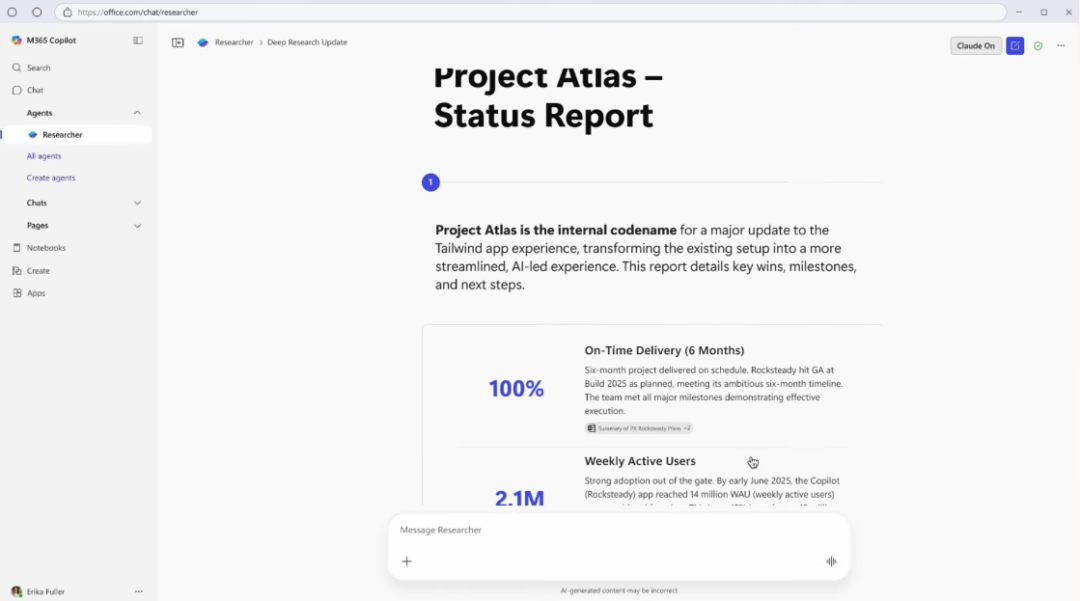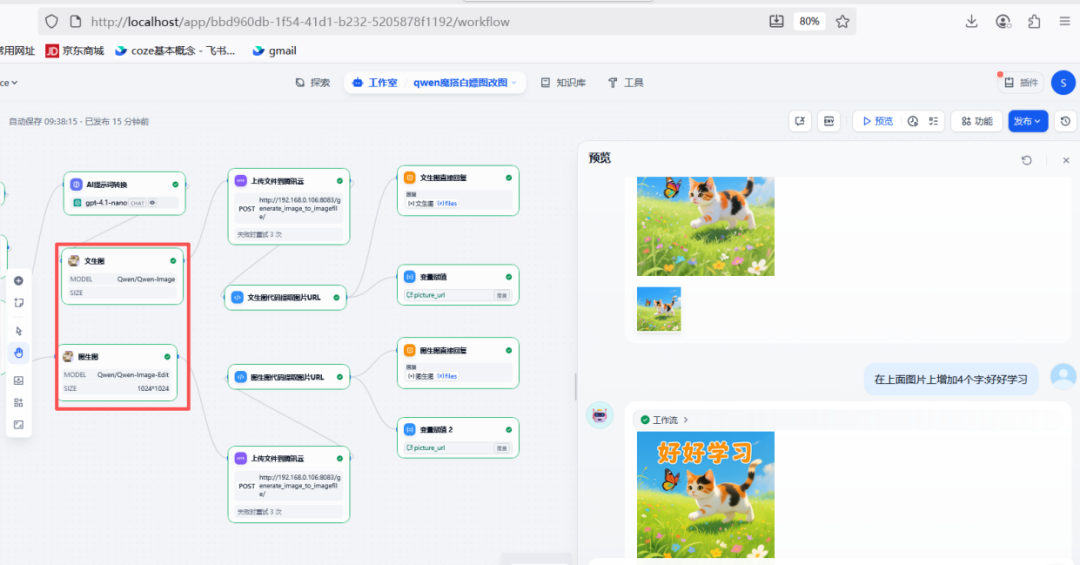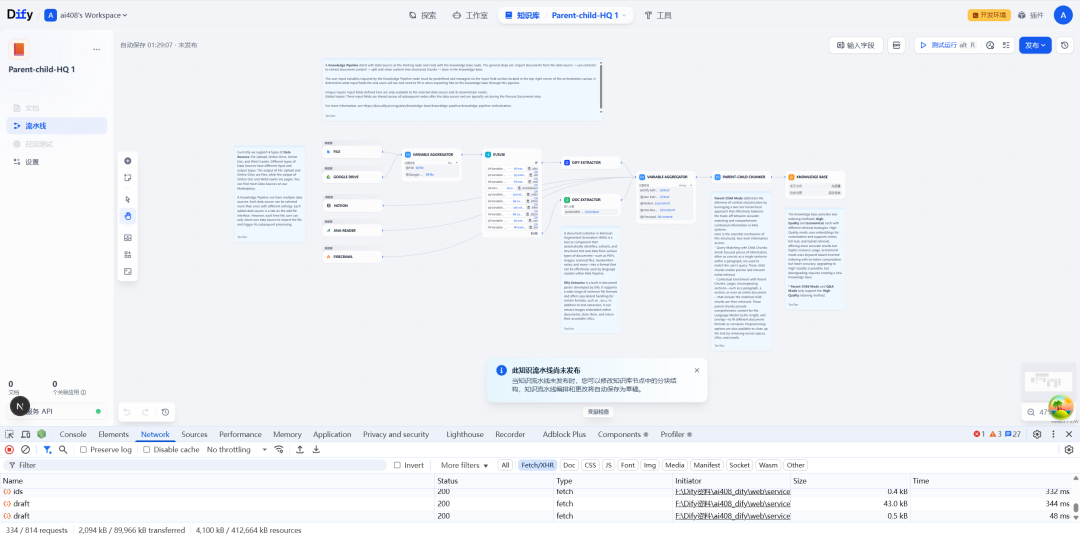Security Verification Functions Explained
The OpenAI Agents SDK provides multiple layers of security through the Guardrails mechanism:
1. Input validation
- Content filtering: block inappropriate or sensitive requests
- Intent recognition: e.g., detecting if an attempt is made to get the AI to complete the assignment
- Format checking: ensuring that the input conforms to the expected structure
2. Output control
- Review of results: filtering inappropriate responses
- Type constraints: force output of a specified data structure
- Logic checking: verifying the reasonableness of the results
Typical Implementation Example
The following is an implementation of Math Homework Intercept:
@input_guardrail
async def math_guardrail(ctx, agent, input):
result = await Runner.run(guardrail_agent, input)
return GuardrailFunctionOutput(
tripwire_triggered=result.final_output.is_math_homework,
output_info=result.final_output.reasoning
)
advanced application
Developers can combine multiple Guardrails features to implement: compliance review, domain of expertise qualification, sensitive information filtering, and other complex security policies. The system will automatically terminate the process or return a pre-defined warning message in the event of an authentication failure.
This answer comes from the articleOpenAI Agents SDK: A Python Framework for Building Multi-Intelligence Collaborative WorkflowsThe































